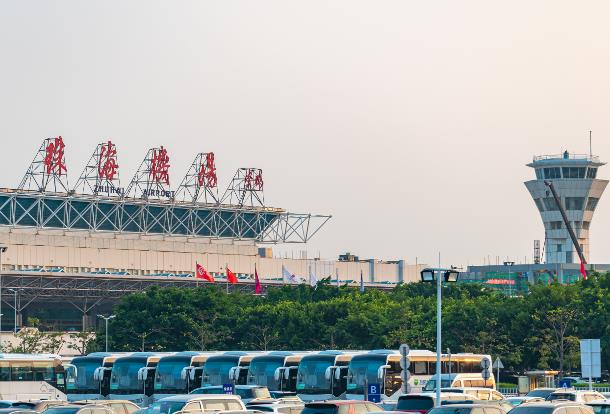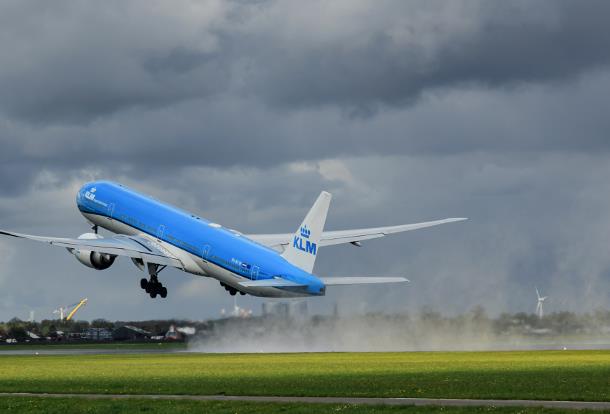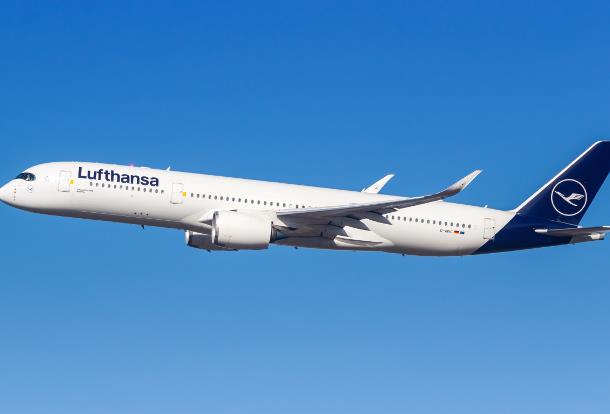The ranking of China’s busiest airports has seen major reshuffle in 2015 following fierce competition closely linked to the speed of regional economic growth and transformation.
2015 China Airport Throughput Rankings
Airport | Passenger throughput (trips) | 2015 ranking | 2014 ranking | y-o-y growth |
Beijing Capital Airport | 89,940,000 | 1 | 1 | 4.4% |
Shanghai Pudong Airport | 60,080,000 | 2 | 3 | 16.3% |
Guangzhou Baiyun Airport | 55,210,000 | 3 | 2 | 0.8% |
Chengdu Shuangliu Airport | 42,000,000 | 4 | 5 | 11.5% |
Shenzhen Baoan Airport | 39,720,000 | 5 | 6 | 9.5% |
Shanghai Hongqiao Airport | 39,070,000 | 6 | 4 | 2.9% |
Kunming Changshui Airport | 37,650,000 | 7 | 7 | 16.8% |
Xian Xianyang Airport | 32,650,000 | 8 | 9 | 11.6% |
Chongqing Jiangbei Airport | 32,390,000 | 9 | 8 | 10.7% |
Hangzhou Xiaoshan Airport | 29,300,000 | 10 | 10 | 14.8% |
Xiamen Gaoqi Airport | 22,000,000 | 11 | 11 | 5.4% |
Nanjing Lukou Airport | 19,160,000 | 12 | 16 | 17.7% |
Wuhan Tianhe Airport | 18,940,000 | 13 | 13 | 9.6% |
Changsha Huanghua Airport | 18,670,000 | 14 | 12 | 3.6% |
Urumqi Diwopu Airport | 18,510,000 | 15 | 15 | 13.5% |
Qingdao Liuting Airport | 18,200,000 | 16 | 14 | 10.9% |
Zhengzhou Xingzheng Airport | 17,300,000 | 17 | 17 | 9.4% |
Sanya Phoenix Airport | 16,190,000 | 18 | 18 | 8.3% |
Haikou Meilan Airport | 16,170,000 | 19 | 19 | 16.7% |
Tianjin Binhai Airport | 14,310,000 | 20 | 24 | 18.6% |
Dalian Zhoushuizi Airport | 14,150,000 | 21 | 20 | 4.4% |
Harbin Taiping Airport | 14,050,000 | 22 | 23 | 14.8% |
Guiyang Longdongbao Airport | 13,240,000 | 23 | 22 | 5.7% |
Shenyang Taoxian Airport | 12,680,000 | 24 | 21 | -0.9% |
Fuzhou Changle Airport | 10,880,000 | 25 | 26 | 16.3% |
Nanning Wuxu Airport | 10,390,000 | 26 | 25 | 10.4% |
Beijing Vs Shanghai as China’s top aviation hub
Shanghai overtook Beijing to become China’s largest airport hub in 2015. Shanghai’s Pudong and Hongqiao Airport together put through 99 million passengers, compared with Beijing Capital Airport’s ninety million passenger throughput and the estimated passenger throughput of less than six million at Beijing Nanyuan Airport. Air cargo throughput at Shanghai was almost twice as much as Beijing’s. Shanghai’s airports are expected to maintain high growth after the opening of the Shanghai Disney Resort in June 2016.
Overall airport growth faster in the west than in the east
The airports in China’s western regions have been seeing more rapid growth in recent years than those in the eastern regions, and the growth rates of the airports in the east were highly varied. For example in 2015, Shenyang Taoxian Airport saw a decline and Guangzhou Baiyun Airport grew less than 1%, while the growth rate of Shanghai Hongqiao Airport, Beijing Capital Airport and Dalian Zhoushuizi Airport were under 5%. Yet Shanghai Pudong Airport, Nanjing Lukou Airport and Tianijin Binhai Airport achieved growth rate of above 15%. In the western regions, other than Guiyang Longdongbao Airport with a growth rate at just 5.7%, all the other airports in the region chalked up growth of above 10%.
Air transport grew faster in China’s western regions as ground transportation in the region is under developed, and the vast distance of the region makes air transport a comparatively suitable option.
Regional airport competition fueled by central government’s hub cities plan
Regional governments are concerned with whether their local airports can become regional aviation hubs and spur the city’s economic development and competitiveness. At the same time, the central government’s 13th Five-year Plan calls for accelerated development of a national network of hub cities to form new economic growth areas and spur regional development. Having a hub airport is instrumental to the regional governments’ endeavor to be a hub city. As a result, competition among regions to be hub airports and hub cities will be fierce.(Translation by David)




